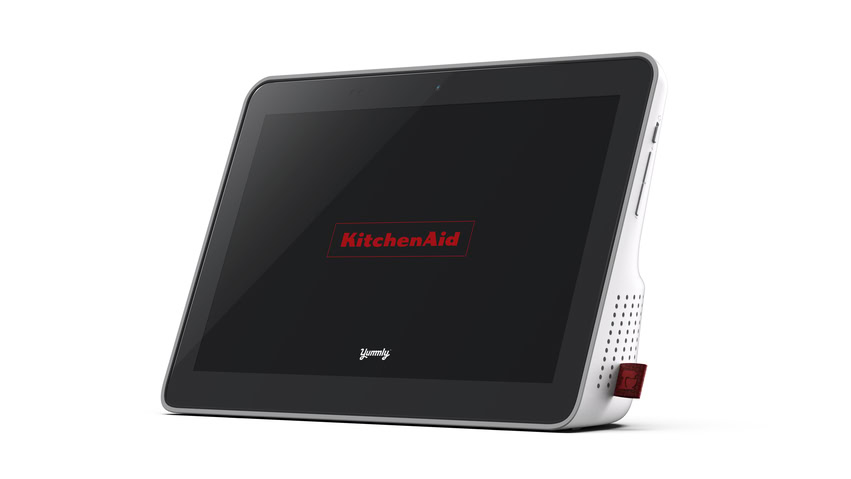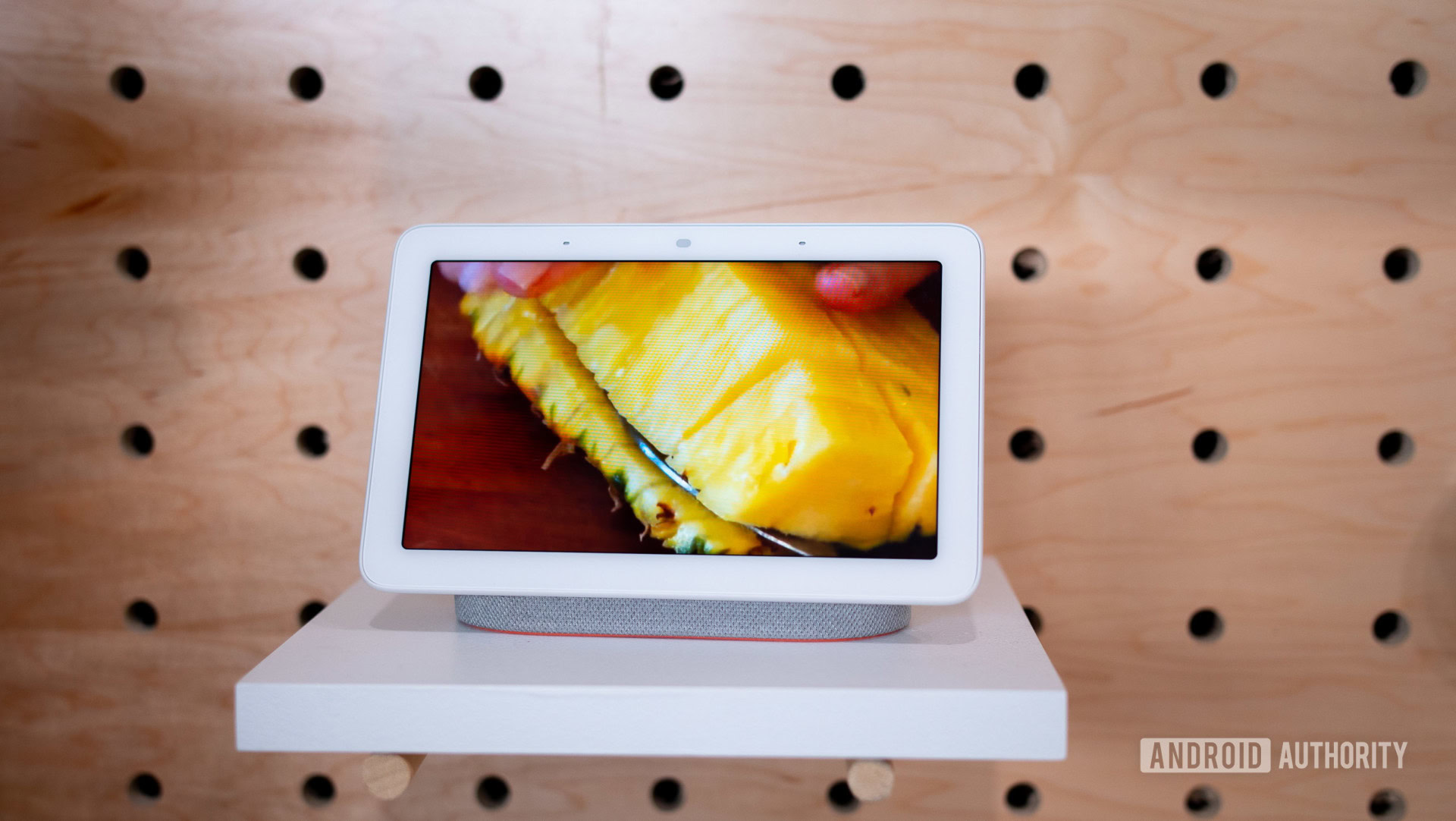Affiliate links on Android Authority may earn us a commission. Learn more.
This KitchenAid Smart Display has an IPX5 water resistance rating

The smart display market started ramping up with the launch of the Lenovo Smart Display and continued to build steam with the launch of the Google Home Hub. Now, a new company is entering the market: KitchenAid, with its new KitchenAid Smart Display, set to debut at CES 2019.
Although the 10-inch smart display looks a lot like the ones from Lenovo and Google, there is one major difference: splash resistance. The KitchenAid Smart Display is IPX5-certified, which means it can handle getting sprayed with water from a common household faucet.

Since one of the most popular places for smart displays (and smart speakers) is the kitchen, KitchenAid — which is owned by Whirlpool — might just be onto something with making a splash-resistant smart display. Even if you’re not worried about accidentally splashing your smart display, the IPX5 rating enables you to easily clean your display if you get some cookie dough or other food substances on it.
Whirlpool also owns a recipe app called Yummly, which the KitchenAid Smart Display will have integrated into it. This will be a welcome feature and will work in addition to the usual Google Assistant features one expects with a smart display such as smart home control, Google searches, music and media playback, etc.
According to CNET, the KitchenAid Smart Display will cost between $200 and $300. The 10-inch Lenovo Smart Display retails for $250, so that seems to be the magic price point for a 10-inch model. However, the Google Home Hub starts at $150, so it might be a tough choice if a 10-inch screen and an IPX5 rating aren’t that important to you.
Either way, the device won’t hit the market until the second half of 2019, so you’ve got a little bit of a wait.